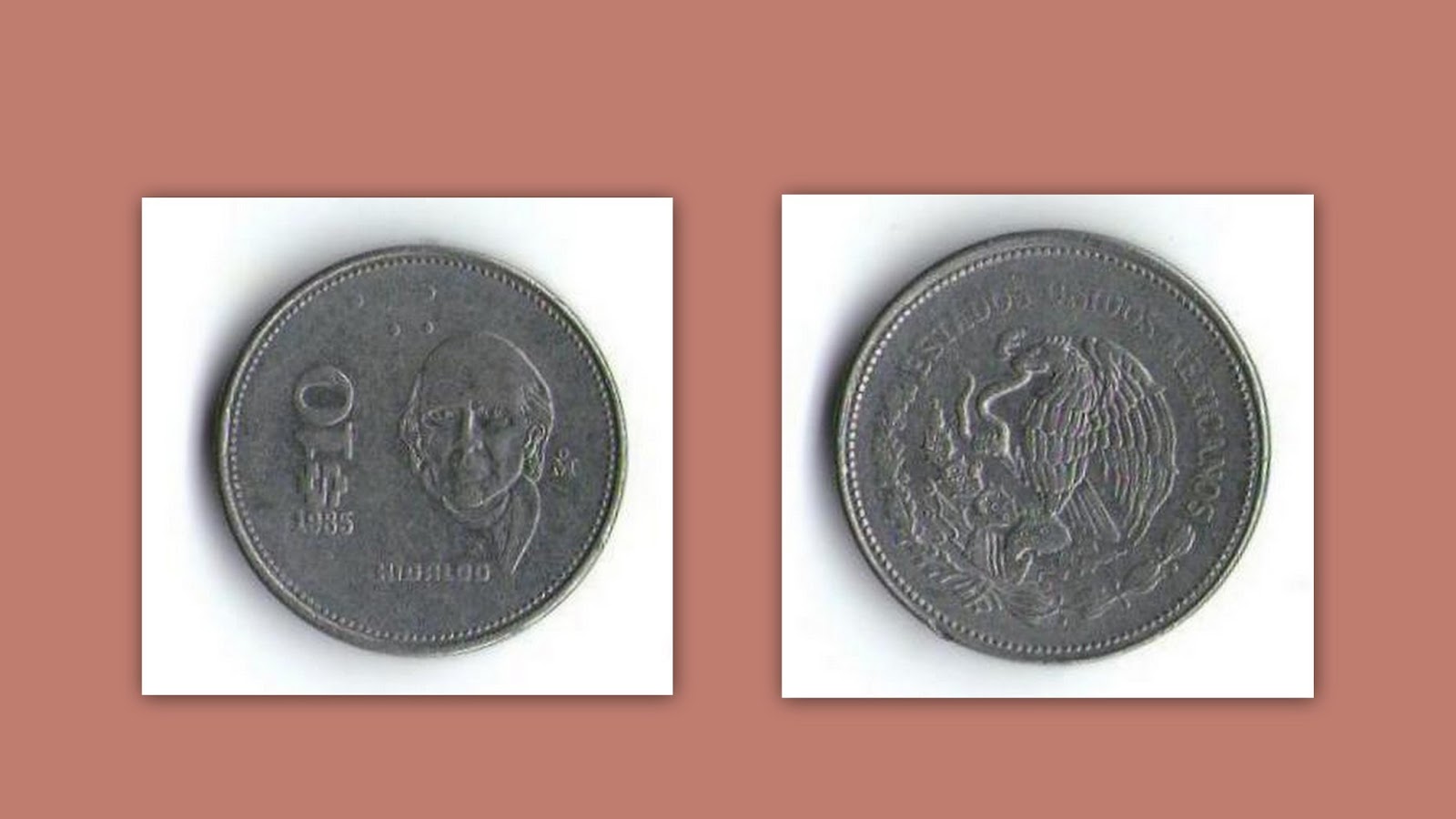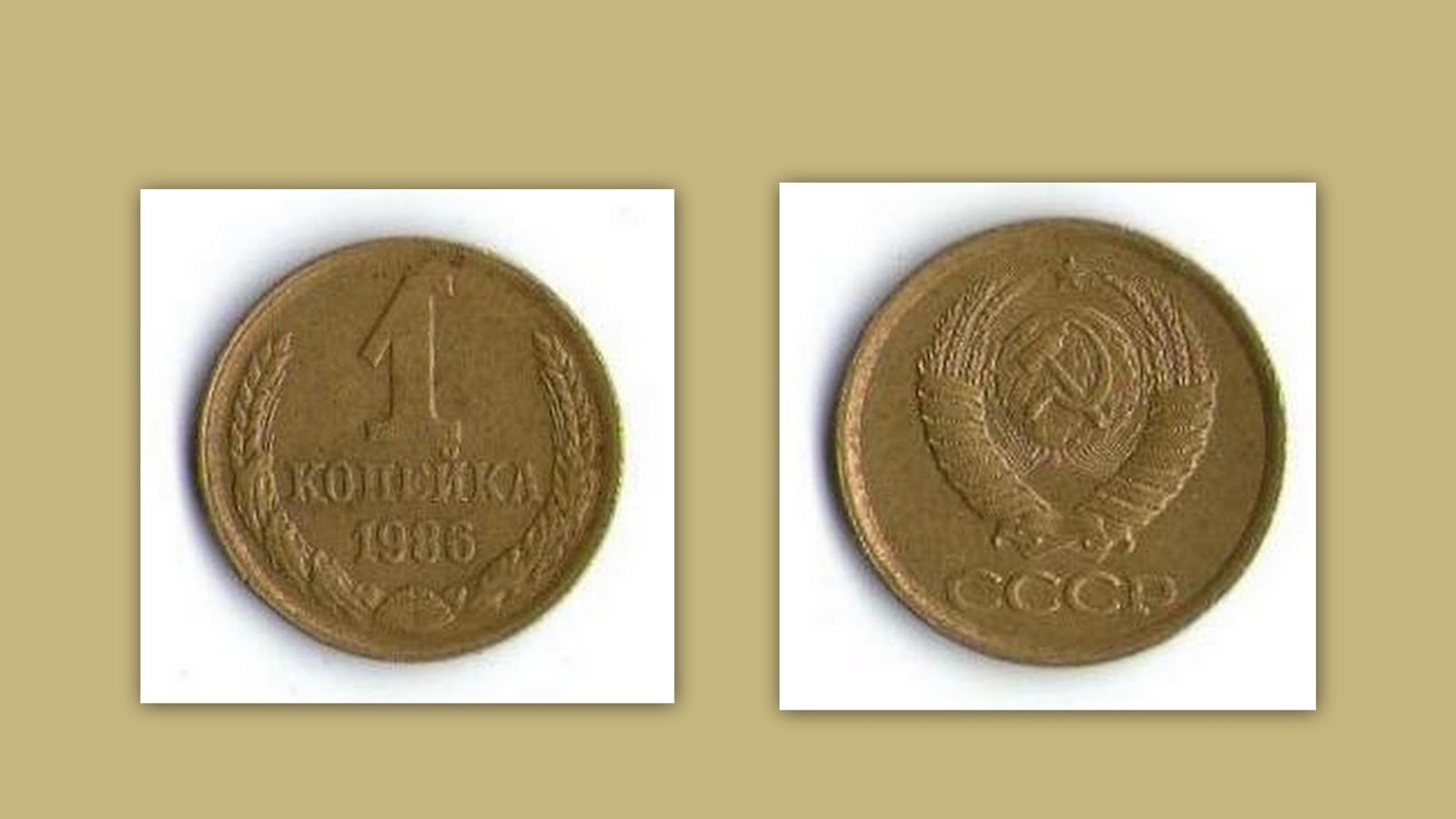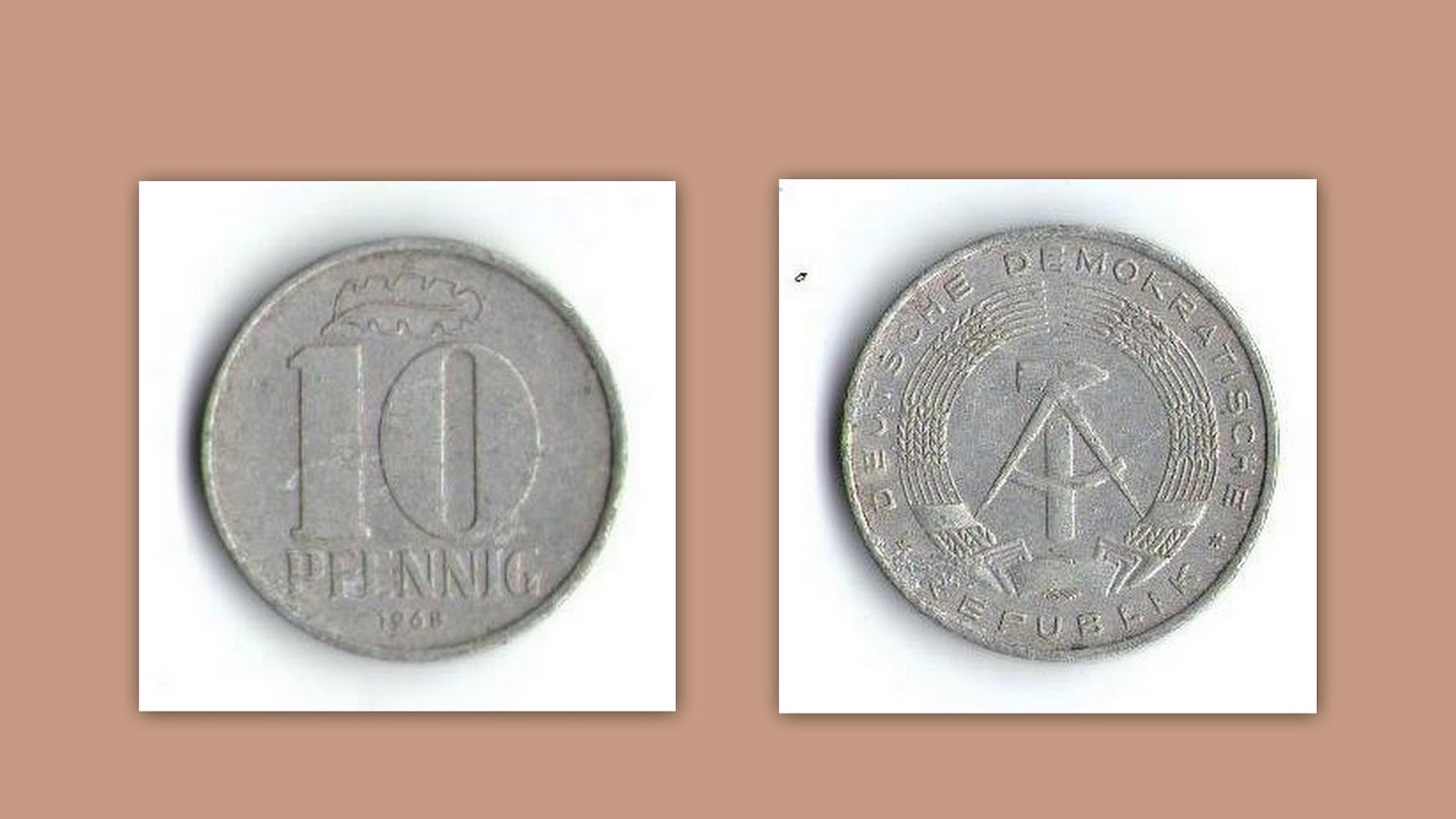Japanese Yen
The Japanese yen (symbol: ¥; code: JPY) is the official currency of Japan. It is the third
most traded currency in the foreign exchange market after the United States Dollar and the euro. It
is also widely used as a reserve
currency after the U.S. dollar, the euro, and the pound sterling.
Yen is pronounced "en" in Japanese. The word literally means
"round" in Japanese.
Originally, Chinese had traded silver in mass and when Spanish and Mexican silver coins arrived,
the Chinese called them (silver round) for their circular shapes. The coins and
the name also appeared in Japan.
The spelling and pronunciation
"yen" is standard in English.
This is because mainly English speakers who visited Japan at the end of the Edo period to the early Meiji period
spelled
words this way.. In the 16th century, Japanese /e/ and /we/ both had been
pronounced [je] and Portuguese missionaries had
spelled them "ye".Some time thereafter, by the middle of the 18th
century, /e/ and /we/ came to be pronounced [e] as in modern
Japanese, although some regions retain the [je] pronunciation. Walter Henry Medhurst, who had neither been
to Japan nor met any Japanese, having consulted mainly a Japanese-Dutch
dictionary, spelled some "e"s as "ye" in his An English and Japanese, and
Japanese and English Vocabulary (1830).In
the early Meiji era, James Curtis Hepburn, following Medhurst, spelled all
"e"s as "ye" in his A
Japanese and English dictionary (1867).That
was the first full-scale Japanese-English/English-Japanese dictionary, which
had a strong influence on Westerners in Japan and probably prompted the
spelling "yen". Hepburn revised most of "ye"s to
"e" in the 3rd edition (1886) in
order to mirror the contemporary pronunciation, except "yen".This was
probably already fixed and has remained so ever since.
Introduction of the Yen
In the 19th century silver Spanish dollar coins were common throughout Southeast Asia, the China coast, and Japan. These coins had been
introduced through Manila over a period of
two 250 years, arriving on ships from Acapulco in Mexico . These ships were
known as the Manila galleons. Until the 19th
century these silver dollar coins were actual Spanish dollars minted in the new world, mostly at Mexico
City. But from the 1840s they were increasingly replaced by silver dollars of
the new Latin American republics. In the later half of the 19th century some
local coins in the region were made in the likeness of the Mexican peso. The first of these local silver coins was the Hong Kong silver dollar
coin that was minted in Hong Kong between the years
1866 and 1869. The Chinese were slow to accept unfamiliar coinage and preferred
the familiar Mexican dollars, and so the Hong Kong government ceased minting
these coins and sold the mint machinery to Japan.
The Japanese then decided to adopt a
silver dollar coinage under the name of 'yen', meaning 'a round object'. The
yen was officially adopted by the Meiji government in an
Act signed on May 10, 1871. The new currency was gradually
introduced beginning from July of that year. The yen was therefore basically a
dollar unit, like all dollars, descended
from the Spanish Pieces of eight, and up until the
year 1873, all the dollars in the world had more or less the same value. The
yen replaced Tokugawa coinage, a complex
monetary system of the Edo period based on the mon. The New Currency Act of 1871 stipulated the adoption of the decimal accounting system of yen
(1), sen (1⁄100), and rin (1⁄1000), with the coins being round and manufactured using Western machinery.
The yen was legally defined as 0.78 troy ounces (24.26 g) of pure
silver, or 1.5 grams of pure gold (as recommended by the European Congress
of Economists in Paris in 1867; the 5-yen coin was equivalent to the Argentine
5 peso fuerte coin), hence putting it on a
bimetallic standard. (The same amount of silver is worth about 1181 modern yen, while the same amount of gold is worth about 4715 yen.)
Following the silver devaluation of 1873,
the yen devalued against the US dollar and the Canadian dollar units since they adhered to a gold standard, and by
the year 1897 the yen was worth only about US$ 0.50. In that
year, Japan adopted a gold exchange standard and hence froze the
value of the yen at $0.50. This exchange rate remained in place until Japan left
the gold standard in December 1931, after which the yen fell to $0.30 by July
1932 and to $0.20 by 1933. It remained steady at around $0.30
until the start of the Second World War on December 7, 1941, at which time it
fell to $0.23.
The sen and the rin were eventually
taken out of circulation at the end of 1953.
Coins
Coins were introduced in 1870. There were silver 5, 10, 20
and 50 sen and 1 yen, and gold 2, 5, 10 and 20 yen. Gold 1 yen were introduced
in 1871, followed by copper 1 rin, ½, 1 and 2 sen in 1873.
Cupronickel 5 sen coins were introduced in 1889. In 1897,
the silver 1 yen coin was demonetized and the sizes of the gold coins were
reduced by 50%, with 5, 10 and 20 yen coins issued. In 1920, cupro-nickel 10
sen coins were introduced.
Production of silver coins
ceased in 1938, after which a variety of base metals were used to produce 1, 5
and 10 sen coins during the Second World War. Clay 5 and 10 sen coins were
produced in 1945 but not issued for circulation.
After the war, brass 50 sen, 1
and 5 yen were introduced between 1946 and 1948. In 1949, the current type of
holed 5 yen was introduced, followed by bronze 10 yen (of the type still in
circulation) in 1951.
Coins in denominations of less
than 1 yen became invalid on December 31, 1953, following enforcement of the
Small Currency Disposition and Fractional Rounding in Payments Act.
In 1955 the current type of
aluminium 1 yen was introduced, along with unholed, nickel 50 yen. In 1957,
silver 100 yen pieces were introduced. These were replaced in 1967 by the
current, cupro-nickel type, along with the holed 50 yen coin. In 1982 the first
500 yen coins were introduced.
The date (expressed as the year
in the reign of the emperor at the time the coin was stamped) is on the reverse
of all coins, and, in most cases,country name (through 1945, Dai Nippon, "Great
Japan"; after 1945, , Nihon
koku, "State of Japan") and the value in kanji is on the obverse,
except for the present 5-yen coin where the country name is on the reverse.
The 1 yen coin is made out of
100% aluminum and can float on water if placed correctly.
Instead of displaying the CE year of
mintage like most nations' coins, yen coins instead display the year of the
current emperor’s reign. For example, a coin minted in 2009 would bear the date Heisei 21 (the 21st year of
Emperor Akihito’s reign).
1 Yen Coin
The 1 yen coin is the smallest denomination of the Japanese Yen currency. The first
Japanese one yen coin was minted in 1870. The current design was first minted
in 1955.
The front of the current
aluminium one yen coin has the figure "1" in a circle with the year
of issue in kanji below, and the reverse side
has a young tree, intended to symbolize the healthy growth of Japan.
The first Japanese one yen coin was minted
in 1870. Its obverse featured a dragon with
a circular inscription around. The reverse had a radiant sun surrounded by a
wreath, with chrysanthemum emblem (a symbol of the Japanese Imperial Family) flanked by
floral patterns above. Large silver one yen coins were issued between 1870 and
1914, supplemented by small gold one yen coins issued between 1871 and 1880
(plus a special collector's issue from 1892). One yen silver coins minted after
Japan adopted the gold standard (gold
based currency) in 1897 were not issued for domestic use, but for use in
Japanese Taiwan and foreign trade.
The current design was
introduced in 1954, when the first aluminium one
yen coin was minted. Since all 1 yen coins weigh
just one gram, they are sometimes used as weights. If placed carefully on the surface of
still water, 1 yen coins will not break surface
tension and thus can float.
This 1 Yen coin was issued during the period of Hirohito (Showa Year) (1950-1989).The coin was firstly issued in 1955 and lastly in 1989.This Aluminium coin of diammeter 20 mm and thickness 1.2 mm weights 1 gram.The coin was minted in Japan mint, Osaka, Japan.The coin was issued during Japan - Showa epoch(era)(1926-1989) and the head of the state was Hirohito van Japan.Front shows 1 above thick sircle, year : 30th - 64th year of 124th emperor Hirohito and back shows sprouting branch.Initially 381,700,000 coins were minted and lastly 116,100,000 coins were minted.
So far about 32,395,072,000 coins were minted.
Now the coin have its peak value as 15 pound / $ 25.










